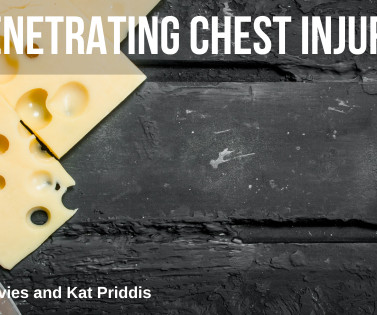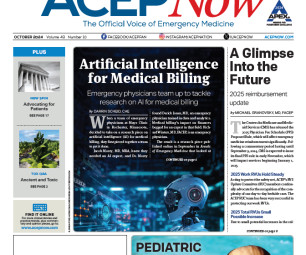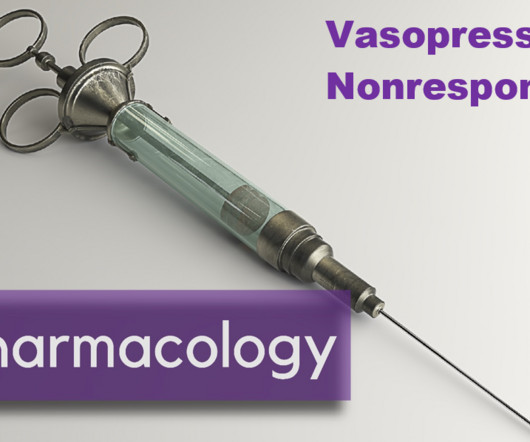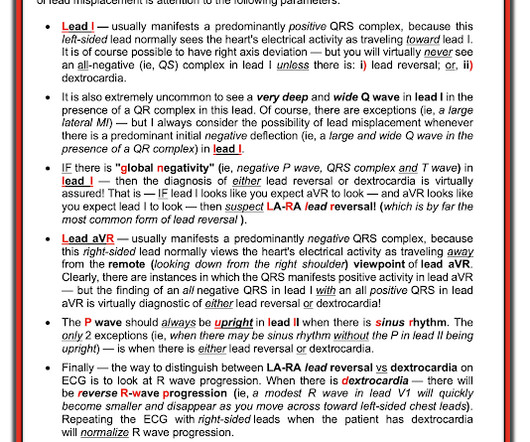Neurogenic Shock in Children
Pediatric EM Morsels
SEPTEMBER 22, 2023
Shunting of blood to the extremities results in thermal dysregulation and subsequent hypothermia. While we may allow permissive hypotension in damage control resuscitation of hemorrhagic shock, in neurogenic shock you should maintain an age-appropriate blood pressure. Updated 2022 Feb 10]. Updated 2022 Mar 3].



































Let's personalize your content